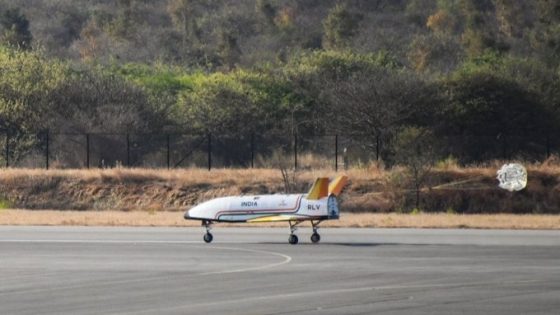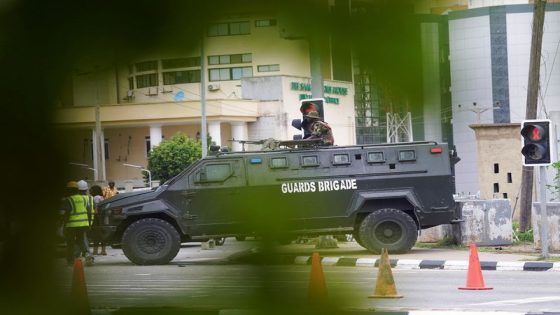The Indian Space Research Organisation (Isro) will on Friday test its Reusable Launch Vehicle (RLV), Pushpak, at the Aeronautical Test Range in Challakere near Karnataka’s Chitradurga. The RLV is set to be launched at 7 am.
The launch of Pushpak is India’s bold attempt towards making space access more affordable and sustainable. Isro chairman S Somanath and other senior officials are expected to be present at the launch site.
The Pushpak RLV is designed as an all-rocket, fully reusable single-stage-to-orbit (SSTO) vehicle, incorporating several major elements such as the X-33 advanced technology demonstrator, the X-34 testbed technology demonstrator, and the upgraded DC-XA flight demonstrator.
The launch marks the third flight of Pushpak, following a series of tests aimed at perfecting its robotic landing capabilities under increasingly complex conditions.
The project, which has been in development for over a decade, previously saw a successful test in April last year, where the vehicle demonstrated an autonomous landing after being released from an Indian Air Force Chinook helicopter. This marked a critical milestone for the Pushpak RLV, bringing it closer to achieving orbital re-entry capabilities.
Named after the mythical ‘Pushpak Viman’ from the Ramayana, Isro’s modern-day aircraft symbolises prosperity and innovation.
The winged technology demonstrator RLV has been configured to act as a flying test bed to evaluate various technologies, namely, hypersonic flight, autonomous landing and powered cruise flight.
With an investment exceeding Rs 100 crore, the project not only showcases India’s technological prowess but also sets the stage for future endeavours, including the ambitious goal of establishing the Bhartiya Antariksha Station by 2035.
During his visit to the Vikram Sarabhai Space Centre last month, Prime Minister Narendra Modi was briefed by Somanath about the development of the vehicle.
In January 2012, Isro’s design of the RLV spacecraft was approved by the National Review Committee. After the clearance was given, the first prototype was built and christened as the RLV-TD (Technology Demonstrator).
With advanced supercomputer simulations and the development of heat-resistant materials for protecting the spacecraft from high temperatures during atmospheric re-entry by the National Aerospace Laboratory and the Defence Research and Development Organisation (DRDO), RLV went for its maiden flight in 2016.
Source Agencies



